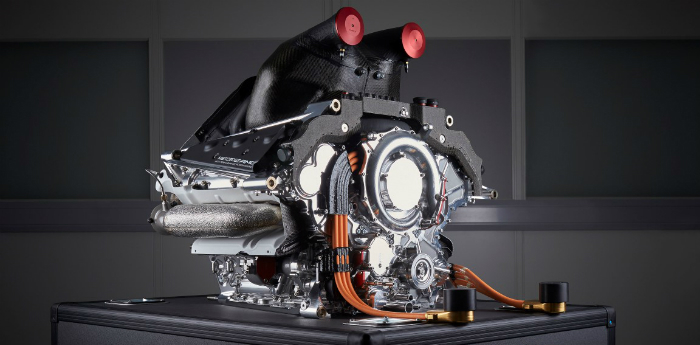Zynerji wrote: ↑24 Sep 2019, 04:52
I would expect a Q lap would be 4MJ from Batt->K, and running the H in pulsed harvest mode once minimum necessary "boost" is achieved, dumping all harvest energy directly to the K.
So, K max/lap = 4MJ batt + over harvest of H.
Can someone correct that if I'm mistaken, plz?
It’s much more complex than that. There are potentially 9 or 10 different basic combinations of ICE and ERS, I think of these as modes. These modes are knitted together by the strategy software during a lap to give the best lap time. As others have pointed out above the ES is filled or emptied during these modes at different rates. Say, for example, drained at 200kW in electric supercharge mode, drained at 60kW in self sustain plus, K driven by ES and H, charged at 120kW during braking. And so on, with other modes playing their part. Pulsed harvest is one such mode.
This means that in a qualification lap the ES will start at 4MJ and end at 0 but in between it may well process another 3 or 4 MJ driving the H with the excess charge it can’t send to the K. Likewise the K can receive 6 or 7 MJ with up to 4 from the ES and the rest from the H.
From a Ferrari performance perspective I concur with @Mattchu:
Mattchu wrote: ↑23 Sep 2019, 23:49
I personally think Ferrari potentially have a much better/more efficient MGUH system and this is what is giving them their power advantage. They don`t seem to have as much of a cooling issue as some teams [opening up bodywork, etc], maybe this is a clue they can use the heat generated better.
Chapeau to them, they`ve sure built a cracker which also seems to be very reliable.
Because of the way the modes interact small improvements in each element, such as H output, get magnified in overall performance.
Fortune favours the prepared; she has no favourites and takes no sides.
Truth is confirmed by inspection and delay; falsehood by haste and uncertainty : Tacitus



